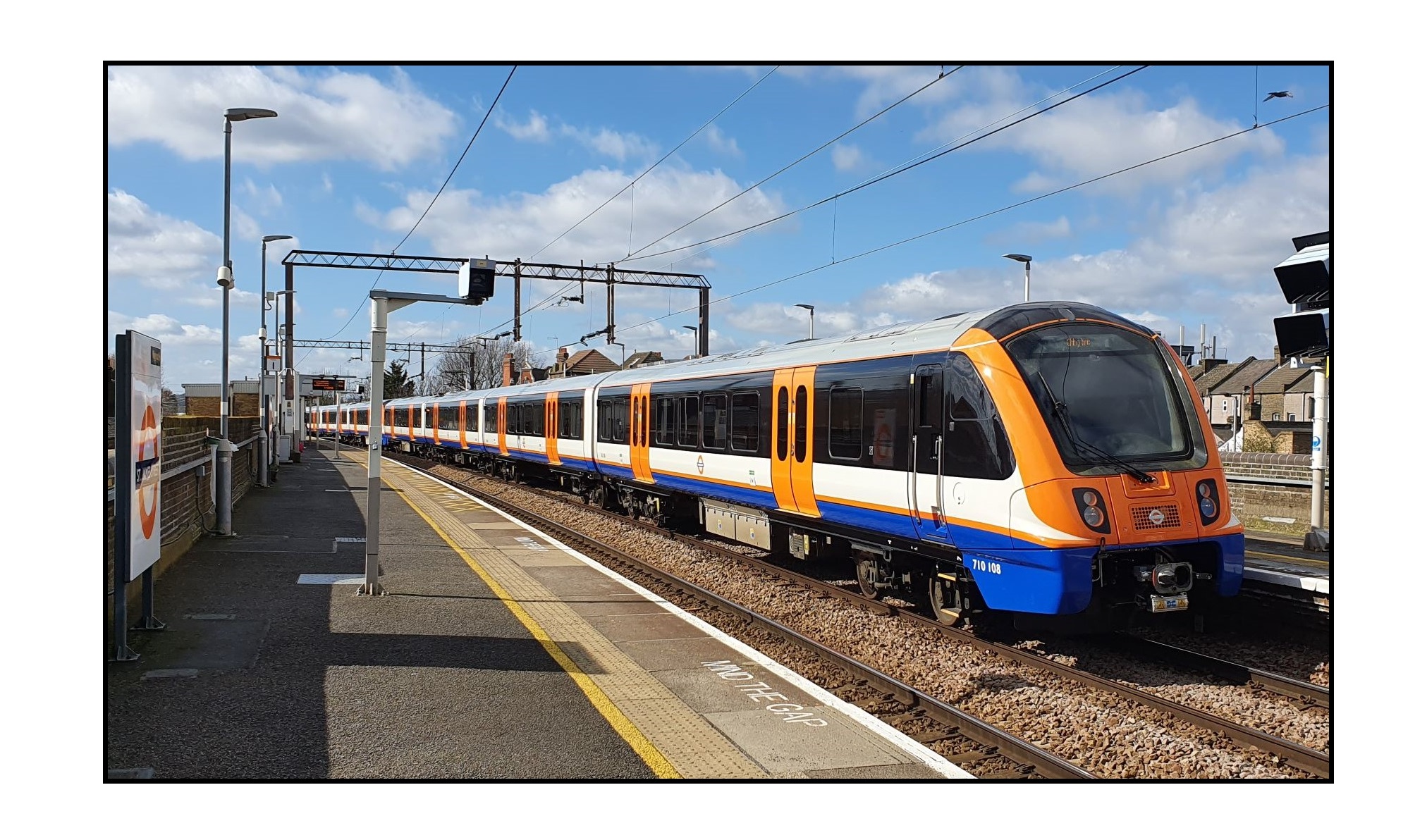
It’s all very simple. Let me begin …
The London Underground (or ‘tube’) is divided into lines, differentiated on the TfL map by colour and easily remembered names. They travel underground, hence the name, except when they travel overground, as many of them do as they get further away from the centre of the city. The London Underground makes a complete inner circle in London (the yellow Circle Line), so you could travel on a single train to do a circuit, except you can’t because there’s a disconnect at Edgeware Road where you have to change trains. Oh, and the Circle Line has a spur which means you might accidentally end up in Hammersmith, God forbid.
Just because Underground trains sometimes travel overground does not mean that you should confuse them with the London Overground, which travels overground, except when it travels underground. The London Overground is divided into lines, which are differentiated on the TfL map by all being the same colour (orange) and not having catchy individual names except for the GOBLIN, which has nothing to do with Goblins. The London Overground lines are at least all mainly in greater London, except for the Romford Push and Pull, which is wholly in Essex but still coloured orange and still called the London Overground, and is miles from any other part of the London Overground, or indeed civilisation. Parts of the London Overground also make a complete outer circle around London, so you could travel on a single train to do a circuit, except you can’t because there’s a stop and reverse at Clapham Junction where you have to change trains.
And just because the London Overground travels outside of the centre of London does not mean you should confuse it with National Rail. National Rail travels overground, except when it doesn’t. Confusingly, part of the London Underground (the Waterloo & City Line), travelling underground, was originally part of National Rail, and part of National Rail (the Northern City Line) was for a time part of the London Underground travelling both underground and overground (the Northern Line Highbury Branch). Furthermore, all of the London Overground used to be part of National Rail, except for the East London Line, which was part of the London Undergound. National Rail is divided up into different companies which have imaginative and novel ideas as to how to show their services on maps, and indeed run their services, but do at least – unlike the London Overground – have catchy names, which we can all safely learn because they don’t change over time much: for example the east coast mainline is operated by GNER (Great North Eastern Railway) National Express East Coast East Coast Virgin Trains East Coast LNER (London and North Eastern Railway). Note that LNER is actually Boris Johnson wearing a false mustache as it has been nationalised. National Rail lines are, as the name clearly suggests, all long and cross the country, except when they are short, stubby and suburban, rather like the Romford Push-and-Pull, which – remember – is not part of National Rail, but part of the London Overground, despite not being in London.
Don’t forget that there is also the Emirates Air Line, which is not an airline, nor does it travel underground, nor yet overground, and helpfully links North Greenwich, which is south of the river, to Nowhere Useful. And there’s the river bus, which isn’t a bus but does travel on water. And the Woolwich ferry, which connects Woolwich with North Woolwich, so at least has a sensible name.
The Docklands Light Railway (‘DLR’) is not discussed in polite company.
I trust that makes everything clear.
NB If you try to discuss the Underground and Overground in the same sentence, British people of a certain age might respond by discussing Wombles instead. These are small fictional creatures that live underground, except when they live overground. If this happens, try to avoid eye contact and move slowly away, while quietly responding with “Really?”, “Who would have thought?” and “Great Uncle Bulgaria, you say?”
Credits: